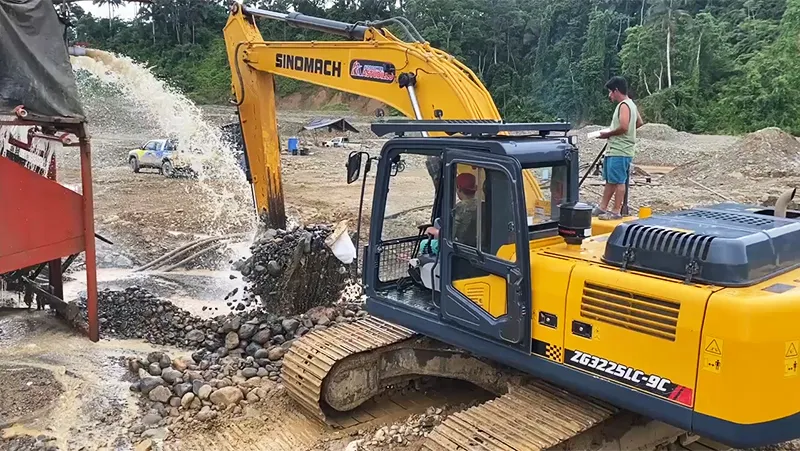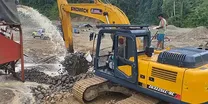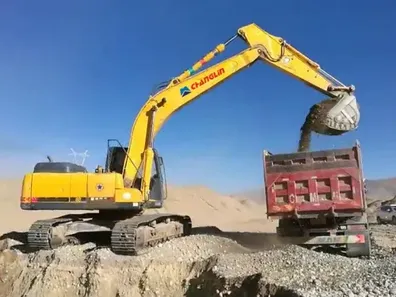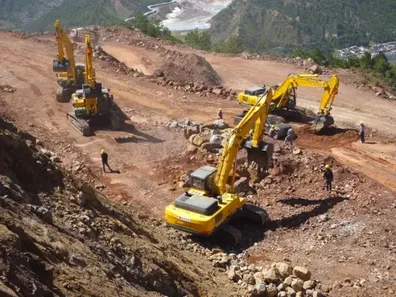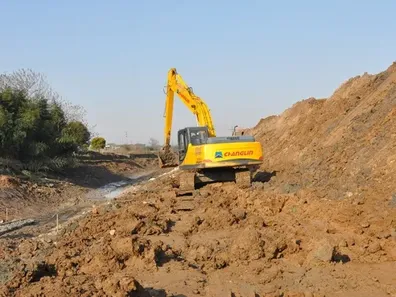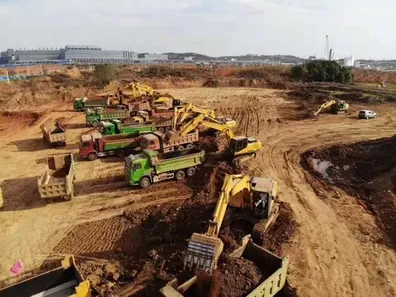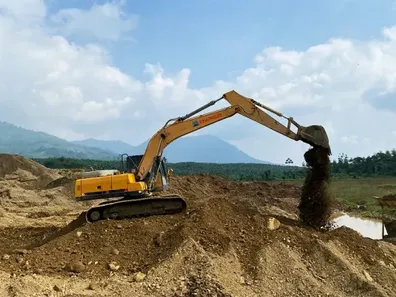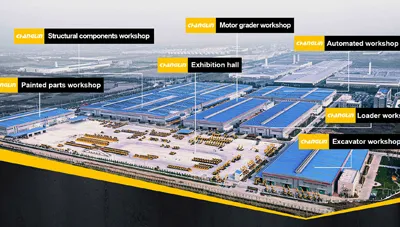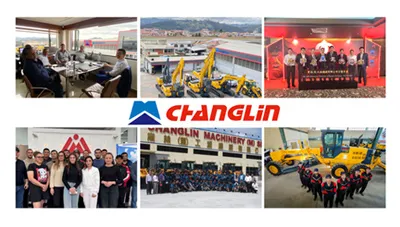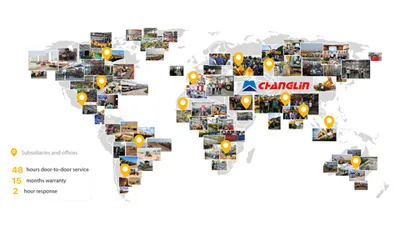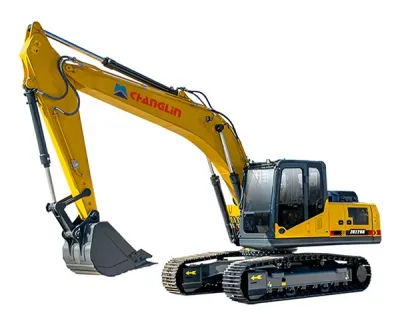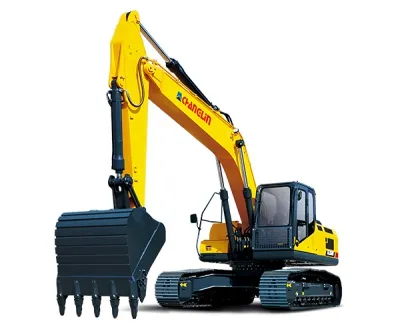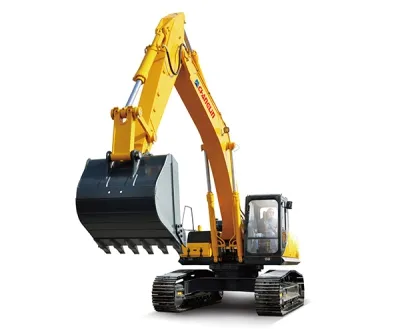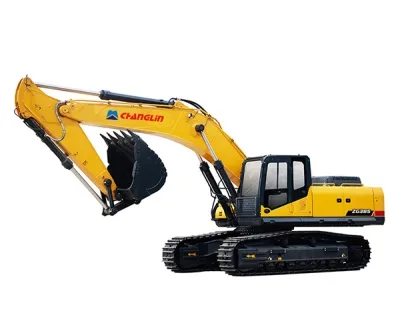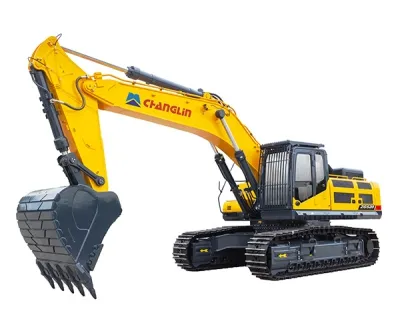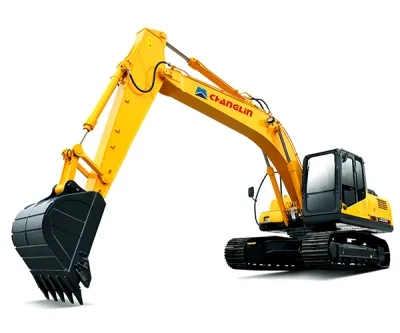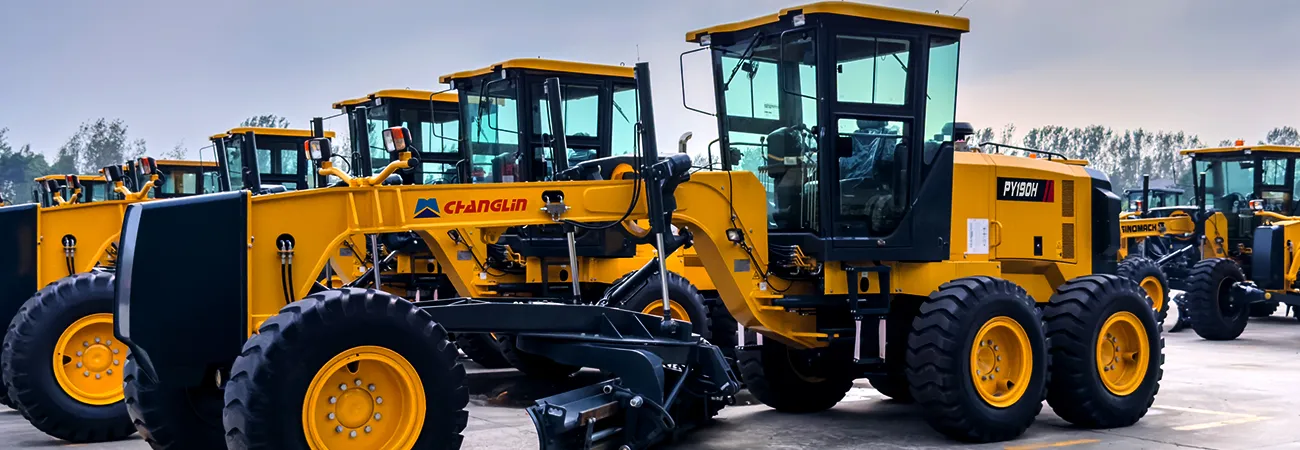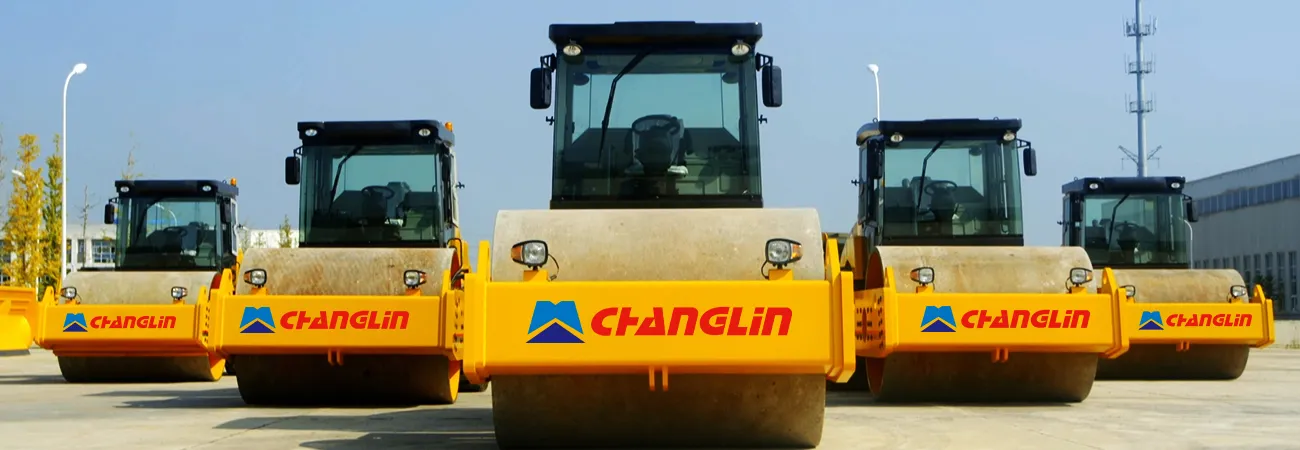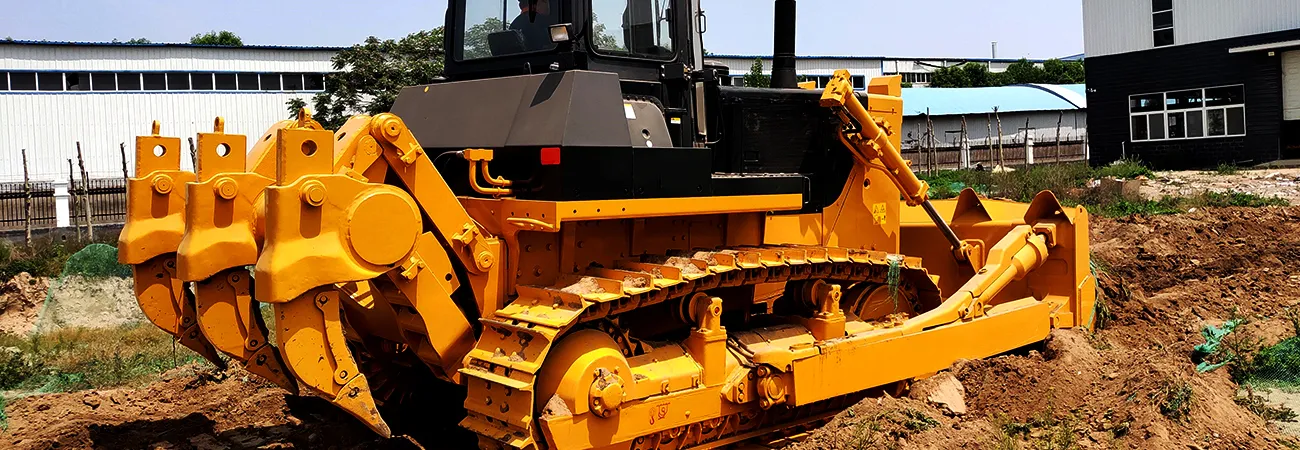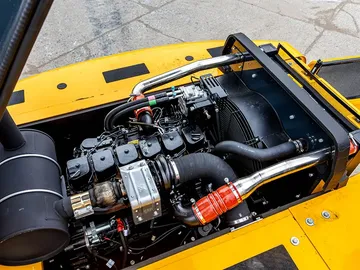
Powered by an eco-friendly Cummins engine delivering up to 112 kW, this excavator meets Euro II emission standards with ease. Its modular design minimizes component count, reducing failure rates and simplifying maintenance.
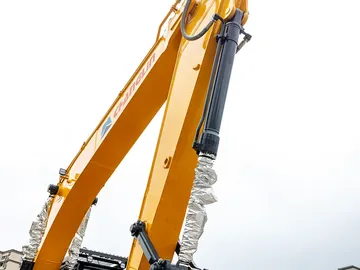
Reinforced boom and arm are built with high-strength steel and feature a box-type large cross-section structure with internal anti-torsion plates, ideal for demanding work environments such as quarries and mining sites.
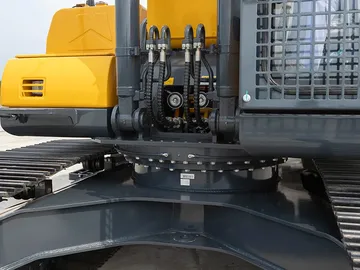
High-density copper-based self-lubricating bushings are applied at key joints to reduce friction and wear, ensuring long-lasting durability under continuous use.

A newly designed multi-way valve core significantly improves precision control. The hydraulic system incorporates check-type flow restrictors for smoother operation, with the main relief valve pressure set to 35 MPa.

Equipped with highly reliable carrier rollers, track rollers, and track guards. The heavy-duty tracks withstand heavy impacts from tough terrain and high-load conditions.
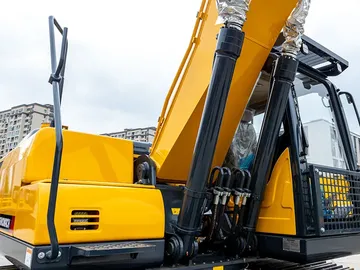
The swing platform side beam has been reinforced with an enlarged cross-section to improve structural strength and rigidity. Careful weight distribution enhances machine stability during intense operations.
Dimensions
- Operating weight 22000kg
- Rated bucket capacity 1.1m³
- Overall length 9520mm
- Overall width (standard track shoe) 2800mm
- Overall height 3030mm
- Turntable width 2700mm
- Cabin height 2958mm
- Ground clearance of counterweight 1025mm
- Engine cover height 2338mm
- Min. ground clearance 470mm
- Tail length 2800mm
- Turning radius of turnable 2800mm
- Wheel base of track shoe 3370mm
- Undercarriage length 4160mm
- Undercarriage width 2800mm
- Track shoe gauge 2200mm
- Standard track shoe width 600mm
Performance
- Max. traction 204kN
- Travelling speed (H/L) 5.8/3.3km/hr
- Swing speed 13.9rpm
- Gradeability 35 (70%)
- Ground pressure 0.47kgf/cm²
Working Range
- Max. digging radius 9953mm
- Max. digging radius at ground level 9794mm
- Max. digging depth 6690mm
- Max. digging depth at ground level 6505mm
- Max. vertical digging depth 6104mm
- Max. digging height 9642mm
- Max. dumping height 6813mm
- Min. front swing radius 3560mm
- Bucket digging force 137kN
- Stick digging force 102kN
Engine
- Model Cummins
- Type 6-cylinder in-line, four-stroke turbocharger
- Emission Tier Ⅱ
- Displacement 5.883L
- Rated power 112kW (150PS)@1950rpm
- Max. torque 614N.m@1500rpm
SINOMACH has developed a global footprint, with marketing and service systems covering over 100 countries and regions.
Subsidiaries in West Africa, India, and South Africa, a joint venture in Malaysia, with offices in Mexico, Argentina, and the Philippines.
Supplied large-scale turnkey equipment packages including excavators, loaders, bulldozers, rollers, and graders for major infrastructure projects in Africa, mining operations in South America and the CIS, highways in West Africa, and engineering projects across Central Asia.


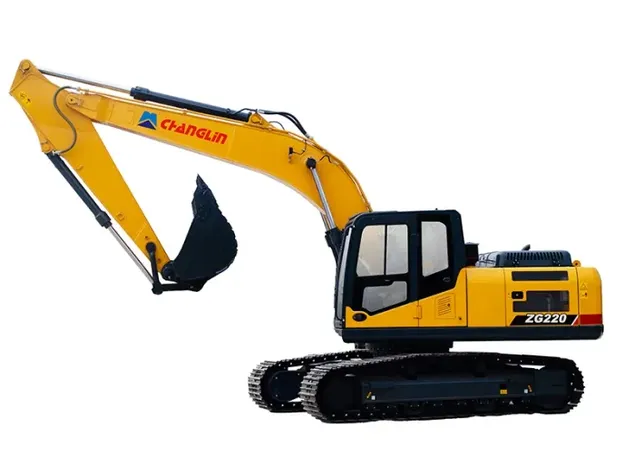


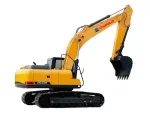
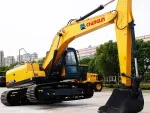
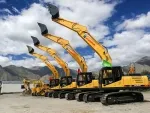
 Operating weight 22000 kg
Operating weight 22000 kg  Rated bucket capacity 1.1 m³
Rated bucket capacity 1.1 m³  Overall length 9520 mm
Overall length 9520 mm Rated power 112kW (150PS)@1950rpm
Rated power 112kW (150PS)@1950rpm